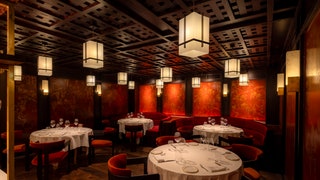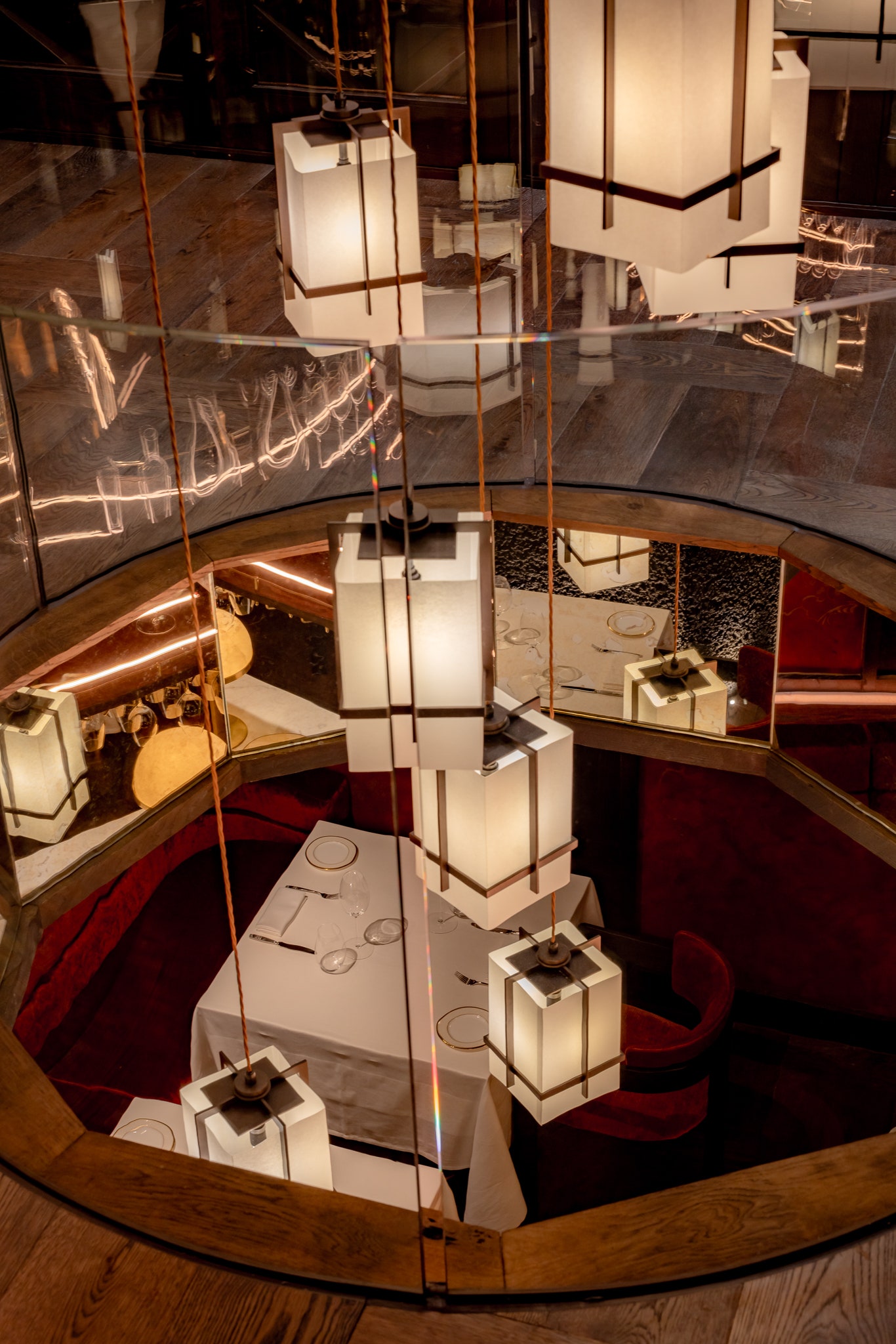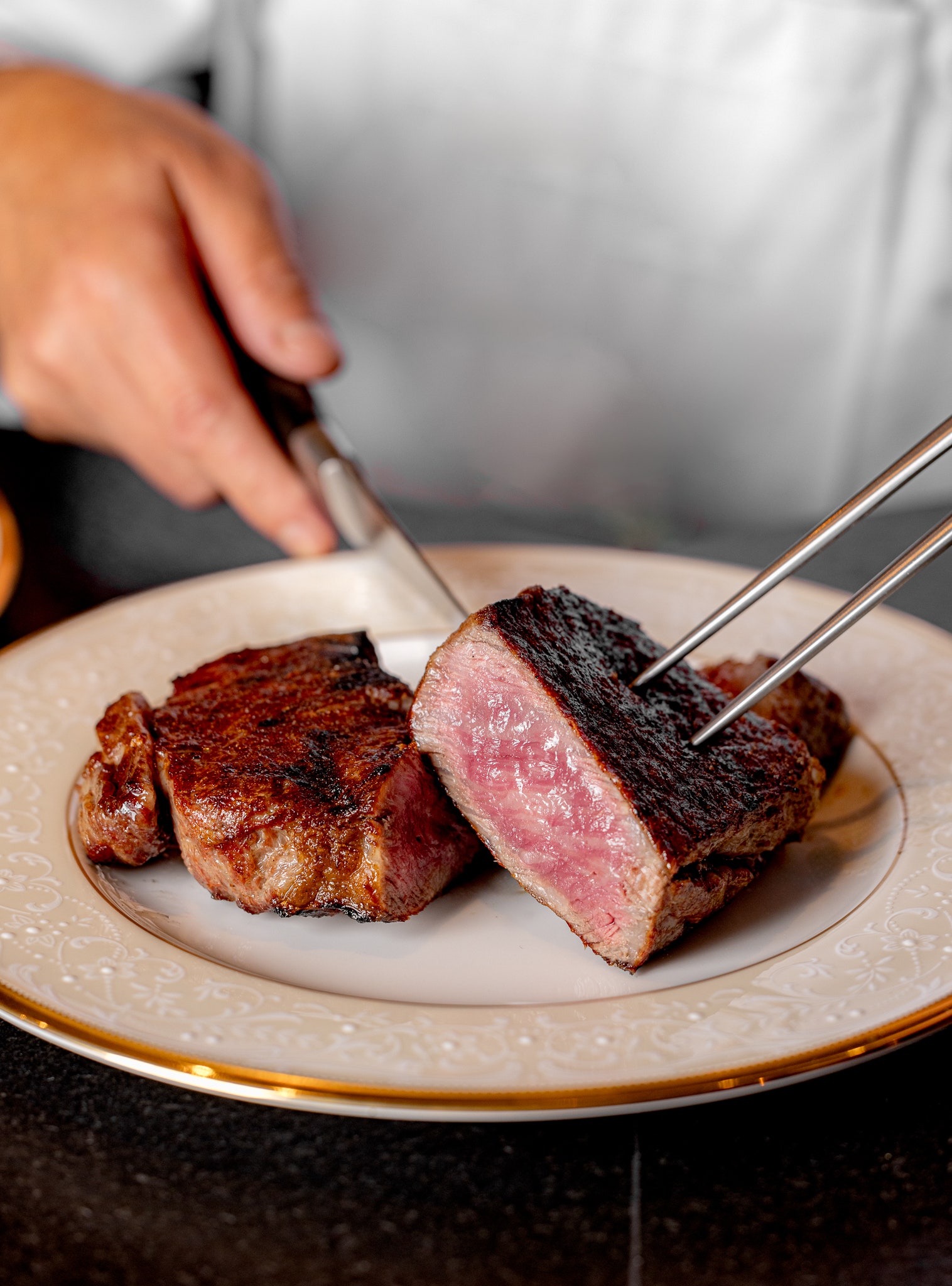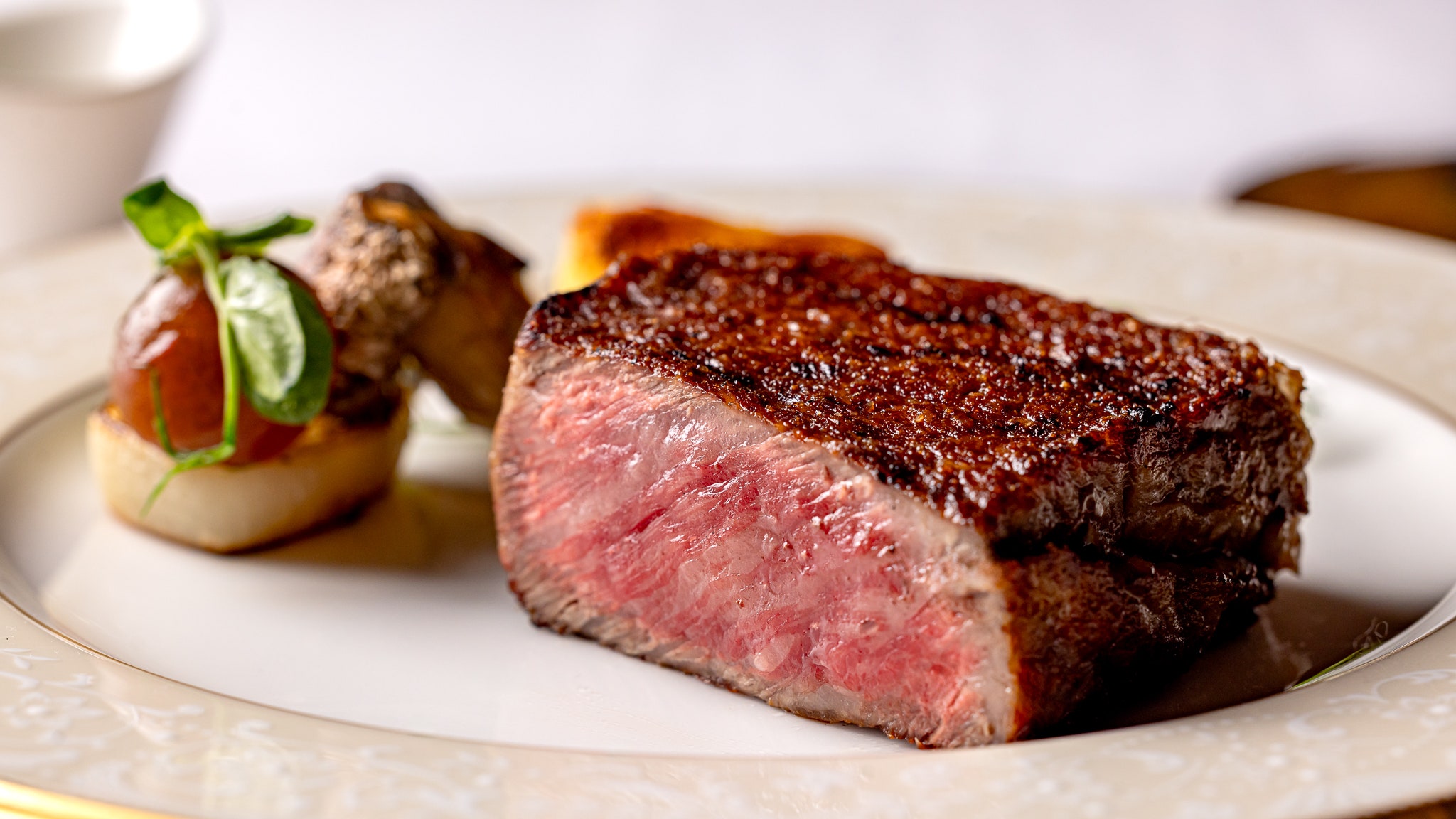What it’s like to eat a £760 steak at new London restaurant Aragawa
I’ll admit I was nervous about how I was going to write about Aragawa. The Tokyo-based restaurant opened its doors in Mayfair recently to a headline-grabbing moniker of ‘London’s most expensive steak’. And indeed it is exactly that, eye-bulging-ly, unbelievably expensive, with prices upwards of £500 for a single piece of beef. The kind of prices that only the one per cent of the one per cent can, not only afford, but justify. Going in I was fully prepared for some sort of Succession-esque evening of obnoxious stealth wealth, where bulbous men in custom suits ravenously masticate on great big hunks of meat while planning world domination. The ick expectations were high.
Instead, I found Kotaro Ogawa, the incredibly sweet and warm-hearted founder of Aragawa London, and immediately felt at ease.
The backstory
It’s been a long time coming for Ogawa, who moved from his native Tokyo to London with the doomed plans of opening the restaurant in 2020. Ogawa not only relocated his young family, but also Head Chef Fumiya Kase (previously of one Michelin-starred L’orgueil), and Kazuo Imayosh, known as the restaurant’s ‘steak master,’ who previously worked at the original Aragawa for over 40 years. In fact, much of the Tokyo restaurant – which first opened in 1967 and has long been known as the most expensive steak house in the world – has been brought to London, from the purpose-built kiln to the hand-blown Riedel glasses and the slightly perplexing Japanese toilets in the bathroom. Even the samurai sword-like knives on the table are by Japanese artisan knifemakers Ryusen, who have been hand-making knives for over 70 years.
Set within an unassuming townhouse on Clarges St, the space has been designed by Dale Atkinson from Rosendale Design and is spread across two floors. At the entrance level is a vast wine collection – over 1,000 bottles – and a private dining room that seats 12. On the lower level, walls are adorned with hand-painted red panels, seating is on red velvet benches and boots. An open kitchen sits in the corner where you can watch the steak master at work. Elegant Japanese lanterns hang between the two floors. There’s clearly been no expense spared in every little detail and yet the overall look is understated, and the atmosphere is unexpectedly welcoming.
The food
So what’s it like to eat a £760 piece of sirloin steak? Like eating a beautiful buttery work of art. And it truly is an art to create a piece of steak like this – Ogawa refers to the farmers as more like artisans. Ones that have honed their craft over decades to rear happy Tajima Heifer Wagyu cows, also known as Japanese Black, to 28 to 40 months of age – with each month the level of fat marbling in the steak increases. The process is so specialised that these farms slaughter only 1,000 cows a year, and produce them only for Aragawa. And then there is the unique cooking process, broiled on metal skewers in a kiln over the world’s finest Binchotan charcoal from Japan, and seasoned with only salt and pepper. Chef Imayosh can cook each piece at 10 different temperatures, from very rare to very well done. Our friendly server recommends medium rare, which is then cut at the table and shared between two. Where steak in the UK typically tastes just of meat and relies on a sauce to bring it flavour, this steak – a 36-month-old Sirloin from Nishizawa Farm – is perfect as is. So soft it was like cutting into a piece of tuna sashimi. So heavenly I had to take a moment to myself to mourn before taking the last bite. If I could relive it all again I would, and I’m not alone – Aragawa has only been open for a few weeks and already has repeat bookings.
Much of the menu is of course, the prized Tajima beef, with five different options from the 29-month-aged Ichibo starting at £500 to the 40-month-aged fillet Chateaubriand for £900. Other mains include a Whole Scottish lobster and a grilled aubergine. The starters are suitably decadent – Nova Caviar, lobster cocktail and pan-fried foie gras with shaved truffle. I tried the delicate drunken scallop, marinated in sake with whisper-thin mushrooms and a beautiful hazelnut crunch. The pudding, a fondant cheesecake with an emphasis on the cheese, served with a savoury sweet potato and pear ice cream, at any other restaurant would be the star dish.
Eco effort
Farm to table by way of aeroplane, yes – these are not local cows. But this is not a soulless wasteful establishment either. Despite the popularity, Ogawa has no plans to become a flashy chain or some viral ‘salt bae’ novelty. Instead, the heartfelt motivation is to preserve the heritage culture of Tajima beef. “Because once those farmers stop, they’ll be gone forever,” Ogawa tells me. The rest of the menu comes from top-rate local suppliers. And since no expense has been spared, everything within the restaurant has been made to last – the Tokyo restaurant has been using the same plates for 60 years.
Accessibility
There is no elevator access to the main restaurant, but the private dining room is accessible at ground level.











0 Comments